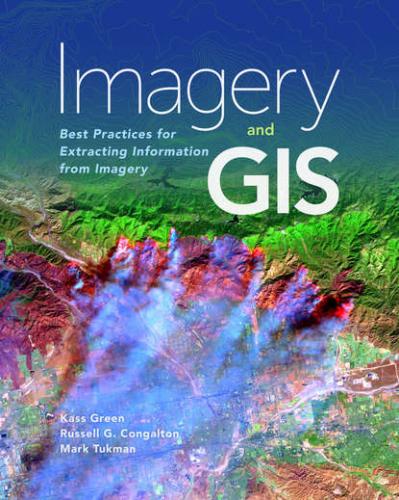However, sources of imagery change constantly as new sensors are invented and new platforms developed. As a result, the lists of imagery sources presented in this book will quickly become obsolete. Two decades ago, only two organizations provided global moderate-spatial-resolution satellite imagery of the earth to civilians (USGS and SPOT), and the first commercial airborne lidar system had just been introduced. Now, multiple countries and private companies offer a wide array of very-high-to-moderate-spatial-resolution imagery globally, and lidar technology has been adopted worldwide. Because there is no centralized resource for learning about new imagery sources, the remote sensing analyst must endeavor to continually keep abreast of new developments in remote sensing technology and to understand when that technology has matured enough to be adopted in an operational environment.
___________________________
1 WorldView3 also carries the CAVIS sensor with 12 bands at 30m resolution in the range from 405 to 2245nm.
Chapter 5
Working with Imagery
Introduction
Chapter 3 presented a primer on imagery fundamentals, and chapter 4 provided instruction on choosing imagery appropriate for a given project. This chapter provides an overview of the fundamentals of working with the chosen imagery. The chapter begins by discussing the issue of scale in imagery and then covers a number of imagery processing and visualization topics including commonly used image storage and formats (pixel storage, image statistics, image compression, NoData, and image pyramids), image display fundamentals (histograms, image stretches), image enhancement and filtering, and image mosaics. The chapter concludes with a section on accessing imagery.
Image Scale
Using digital imagery and computers, it is easy to zoom in and out of an image, changing the scale of the display. Scale is the ratio of the length between two points on a paper or digital map to the actual distance between the same two points on the ground. It is expressed using a colon to differentiate between the distance of one unit on an image or map to the corresponding distance on the ground. For example, 1:15,840 is a scale commonly used in forestry applications where one inch on the image is equivalent to 15,840 inches (one-quarter mile) on the ground. This scale could also be represented with the units as 1 inch:0.25 miles.
The concepts of scale and spatial resolution are intertwined. Large-scale imagery has higher spatial resolution than small-scale imagery and, as a result, the terms “large” and “small” are a little counterintuitive. The term “large scale” refers to ratios with small denominators (e.g., 1:600) and images with high spatial resolution. The term “small scale” refers to ratios with a large denominator (e.g.1:60,000) and a corresponding lower spatial resolution.
Конец ознакомительного фрагмента.
Текст предоставлен ООО «ЛитРес».
Прочитайте эту книгу целиком, купив полную легальную версию на ЛитРес.
Безопасно оплатить книгу можно банковской картой Visa, MasterCard, Maestro, со счета мобильного телефона, с платежного терминала, в салоне МТС или Связной, через PayPal, WebMoney, Яндекс.Деньги, QIWI Кошелек, бонусными картами или другим удобным Вам способом.
